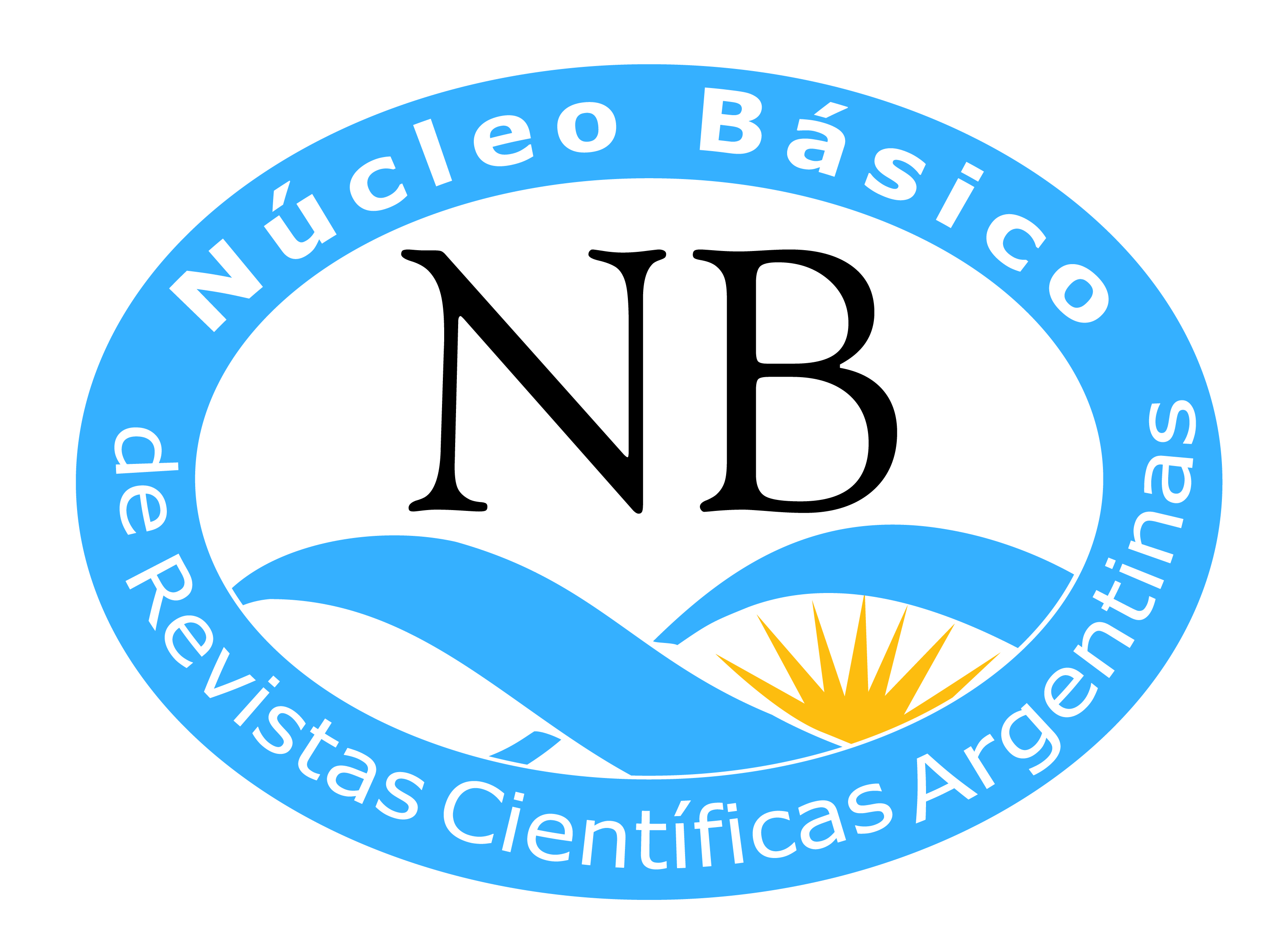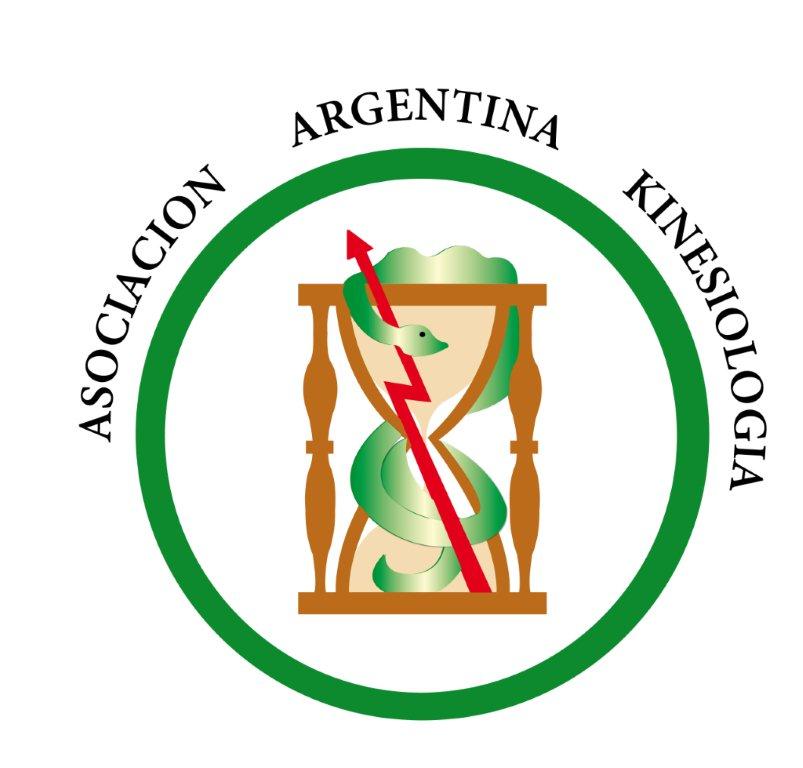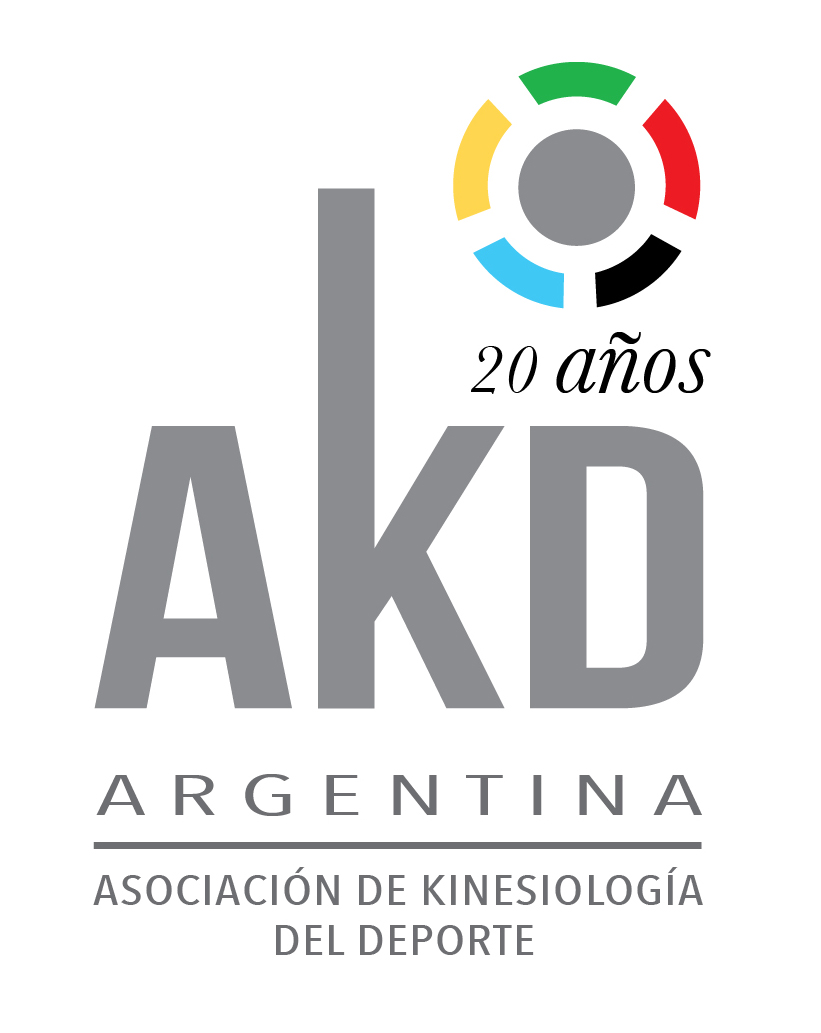Falla de extubación en sujetos pediátricos postrasplante hepático
DOI:
https://doi.org/10.58172/ajrpt.v3i2.151Palabras clave:
extubación traqueal, trasplante de hígado, pediatría, ventilación mecánica, factores de riesgo, ventilación no invasivaResumen
Objetivo: Determinar la tasa de falla de extubación (FE) e identificar posibles factores asociados a la misma en sujetos pediátricos que ingresaron a la unidad de cuidados intensivos (UCI) con requerimientos de ventilación mecánica invasiva (VMI) posterior a un trasplante hepático.
Materiales y método: Se realizó un estudio observacional, descriptivo y retrospectivo. Se incluyeron sujetos menores de 18 años, extubados luego de un trasplante hepático en la UCI polivalente, entre el 1° de enero de 2006 y el 31 de diciembre de 2009 inclusive. Se excluyeron los extubados directamente a ventilación no invasiva (VNI) en forma preventiva.
Resultados: De 52 sujetos extubados, 11 (21,1%) fallaron y requirieron ser reintubados. El tiempo de VMI hasta la extubación orotraqueal (EOT), las reintervenciones quirúrgicas y la debilidad muscular presente el día de la EOT se asociaron significativamente con la reintubación (p= 0,02, p= 0,05 y p= 0,04, respectivamente). Los motivos de reintubación fueron fatiga muscular (n= 6), inestabilidad hemodinámica (n= 1) y otras causas, como obstrucción alta de la vía aérea, disminución del drive y reingreso a quirófano (n= 4).
Conclusión: La tasa de FE fue del 21,1%. Se identificaron como factores asociados, la duración de VMI, las reintervenciones quirúrgicas y la debilidad diafragmática. La utilización de VNI para evitar la reintubación podría ser beneficiosa para mejorar el trabajo respiratorio en estos pacientes. Para identificar correctamente los factores de riesgo de la FE, sería necesario un análisis multivariado.
Descargas
Citas
Mandell MS, Lockrem J, Kelley SD. Immediate tracheal extubation after liver transplantation: experience of two transplant centers. Anesth Analg. 1997;84(2):249-53.
O'Meara ME, Whiteley SM, Sellors JM, Luntley JM, Davison S, McClean P, et al. Immediate extubation of children following liver transplantation is safe and may be beneficial. Transplantation. 2005;80(7):959-63.
Zeyneloglu P, Pirat A, Guner M, Torgay A, Karakayali H, Arslan G. Predictors of immediate tracheal extubation in the operating room after liver transplantation. Transplant Proc.2007;39(4):1187-9.
Mandell MS, Stoner TJ, Barnett R, Shaked A, Bellamy M, Biancofiore G, et al. A multicenter evaluation of safety of early extubation in liver transplant recipients. Liver Transpl. 2007;13(11):1557-63.
Neelakanta G, Sopher M, Chan S, Pregler J, Steadman R, Braunfeld M, Csete M. Early tracheal extubation after liver transplantation. J Cardiothorac Vasc Anesth. 1997;11(2):165-7.
Payen V, Jouvet P, Lacroix J, Ducruet T, Gauvin F. Risk factors associated with increased length of mechanical ventilation in children. Pediatr Crit Care Med. 2012;13(2):152-7.
Cislaghi F, Condemi AM, Corona A. Predictors of prolonged mechanical ventilation in a cohort of 3,269 CABG patients. Minerva Anestesiol. 2007;73(12):615-21.
Faenza S, Ravaglia MS, Cimatti M, Dante A, Spedicato S, Labate AM. Analysis of the causal factors of prolonged mechanical ventilation after orthotopic liver transplant. Transplant Proc. 2006;38(4):1131-4.
Simonassi J, Bonora Sanso JP. Prevalence of extubation and associated risk factors at a tertiary care pediatric intensive care unit. Arch Argent Pediatr. 2019 Apr 1;117(2):87-93.
Huber Baur A.M, Fuenmayor A, Salgar N, Gottberg E. Factores de riesgo de extubación no planificada y reintubación en pacientes pediátricos. Arch Venez Puer Ped [Internet]. 2013 Mar [citado el 12 de Marzo 2021]; 76(1): 17-23. Disponible en: http://ve.scielo.org/scielo.php?script=sci_arttext&pid=S0004-06492013000100005&lng=es
Epstein SK. Noninvasive ventilation to shorten the duration of mechanical ventilation. Respir Care. 2009;54(2):198-208.
Glanemann M, Kaisers U, Langrehr JM, Schenk R, Stange BJ, Müller AR, et al. Incidence and indications for reintubation during postoperative care following orthotopic liver transplantation. J Clin Anesth. 2001;13(5):377-82.
Farias JA, Alía I, Retta A, Olazarri F, Fernández A, Esteban A, et al. An evaluation of extubation failure predictors in mechanically ventilated infants and children. Intensive Care Med. 2002;28(6):752-7.
Kurachek SC, Newth CJ, Quasney MW, Rice T, Sachdeva RC, Patel NR, et al. Extubation failure in pediatric intensive care: a multiple-center study of risk factors and outcomes. Crit Care Med. 2003;31(11):2657-64.
Fontela PS, Piva JP, Garcia PC, Bered PL, Zilles K. Risk factors for extubation failure in mechanically ventilated pediatric patients. Pediatr Crit Care Med. 2005;6(2):166-70.
Laham JL, Breheny PJ, Rush A. Do clinical parameters predict first planned extubation outcome in the pediatric intensive care unit? J Intensive Care Med. 2015;30(2):89-96.
Khemani RG, Sekayan T, Hotz J, Flink RC, Rafferty GF, Iyer N, Newth CJL. Risk Factors for Pediatric Extubation Failure: The Importance of Respiratory Muscle Strength. Crit Care Med. 2017;45(8):798-805.
Newth CJ, Venkataraman S, Willson DF, Meert KL, Harrison R, Dean JM, et al. Weaning and extubation readiness in pediatric patients. Pediatr Crit Care Med. 2009;10(1):1-11.
Chin K, Uemoto S, Takahashi K, Egawa H, Kasahara M, Fujimoto Y, et al. Noninvasive ventilation for pediatric patients including those under 1-year-old undergoing liver transplantation. Liver Transpl. 2005;11(2):188-95.
Murase K, Chihara Y, Takahashi K, Okamoto S, Segawa H, Fukuda K, et al. Use of noninvasive ventilation for pediatric patients after liver transplantation: decrease in the need for reintubation. Liver Transpl. 2012;18(10):1217-25.
Nafiu OO, Carello K, Lal A, Magee J, Picton P. Factors Associated with Postoperative Prolonged Mechanical Ventilation in Pediatric Liver Transplant Recipients. Anesthesiol Res Pract. 2017;2017:3728289.
Baldoni M, Echevery C, Gonzalez P, Ratto P, Sosa L. Kinesioterapia respiratoria. En: Macri C, Teper A. Enfermedades Respiratorias Pediátricas.1°ed. México DF: Mc Graw-Hill; 2003. p. 807-835
Casas Quiroga I, Contreras Zúñiga E, Zuluaga Martínez S. Diagnóstico y manejo de la insuficiencia respiratoria aguda. Neumol Cir Tórax. 2008;67(1):24-33.
Bonora JP, Frydman J, Retta A, Canepari A. Post-extubation non-invasive ventilation in the pediatric intensive care unit: a multicenter study. Arch Argent Pediatr. 2018;116(5):333-339.
Edmunds S, Weiss I, Harrison R. Extubation failure in a large pediatric ICU population. Chest.2001;119(3):897-900.
Thiagarajan RR, Bratton SL, Martin LD, Brogan TV, Taylor D. Predictors of successful extubation in children. Am J Respir Crit Care Med. 1999;160(5 Pt 1):1562-6.
Baisch SD, Wheeler WB, Kurachek SC, Cornfield DN. Extubation failure in pediatric intensive care incidence and outcomes. Pediatr Crit Care Med. 2005;6(3):312-18.
Gómez PeireI F. Complicaciones respiratorias en pacientes con trasplante hepático. Invest Medicoquir. 2015;7(2):212-25.
Newth CJ, Hotz JC, Khemani RG. Ventilator Liberation in the Pediatric ICU. Respir Care. 2020;65(10):1601-1610.
Chiumello D, Chevallard G, Gregoretti C. Non-Invasive ventilation in postoperative patients: A systematic review. Intensive Care Med. 2011;37(6):918-29.
Jaber S, Delay JM, Chanques G, Sebbane M, Jacquet E, Souche B, et al. Outcomes of patients with acute respiratory failure after abdominal surgery treated with noninvasive positive pressure ventilation. Chest. 2005;128(4):2688-95.
Ferreyra GP, Baussano I, Squadrone V, Richiardi L, Marchiaro G, del Sorbo L, et al. Continious positive airway pressure for treatment of respiratory complications after abdominal surgery.Ann Surg. 2008;247(4):617-26.
Schechter MS. Airway clearance applications in infants and children. Respir Care.2007;52 (10):1382-90.
Essouri S, Chevret L, Durand P, Haas V, Fauroux B, Devictor D. Noninvasive positive pressure ventilation: Five years of experience in a pediatric intensive care unit. Pediatr Crit Care Med. 2006;7(4):329-34.
Mayordomo-Colunga J, Medina A, Rey C, Concha A, Menéndez S, Los Arcos M, García I. Non invasive ventilation after extubation in paediatric patients: a preliminary study. BMC Pediatr. 2010;10:29.
Esquinas AM, Jover JL, Úbeda A, Belda FJ; International Working Group on Critical and Noninvasive Mechanical Ventilation Anesthesiology. Ventilación mecánica no invasiva en el postoperatorio. Revisión clínica [Non-invasive mechanical ventilation in postoperative patients. A clinical review]. Rev Esp Anestesiol Reanim. 2015;62(9):512-22.
Feltracco P, Serra E, Barbieri S, Milevoj M, Salvaterra F, Marulli G, Ori C. Noninvasive ventilation in adult liver transplantation. Transplant Proc. 2008;40(6):1979-1982.
Fernández AL, Arias López MP, Ratto ME, Saligari L, Siaba Serrate A, de la Rosa M, Raúl, et al. Validation of the Pediatric Index of Mortality 2 (PIM2) in Argentina: a prospective, multicenter, observational study. Arch Argent Pediatr. 2015;113(3):221-8.
Archivos adicionales
Publicado
Cómo citar
Número
Sección
Licencia
Los autores/as que publiquen en esta revista aceptan las siguientes condiciones:
- Los autores conservan todos los derechos morales y patrimoniales de sus obras, cediendo solamente a la AJRPT el derecho a la primera publicación de éste. En consecuencia, los autores pueden realizar otros acuerdos contractuales independientes y adicionales para la distribución del artículo o texto.
- Los autores/as conservarán sus derechos de autor y aceptan la licencia de distribución de AJRPT, la cuál es Licencia de Reconocimiento - Compartir Igual Creative Commons.
- Los autores/as pueden realizar otros acuerdos contractuales independientes y adicionales para la distribución de la versión del artículo publicado en esta revista (p. ej., incluirlo en un repositorio institucional o publicarlo en un libro) siempre que indiquen claramente que el trabajo se publicó por primera vez en esta revista.
- Se permite y recomienda a los autores/as a publicar su trabajo en Internet (por ejemplo, en páginas institucionales o personales) sólo una vez que sean publicados en la revista AJRPT, ya que puede conducir a intercambios productivos y a una mayor y más rápida difusión.

Este obra está bajo una licencia de Creative Commons Reconocimiento-CompartirIgual 4.0 Internacional.





















